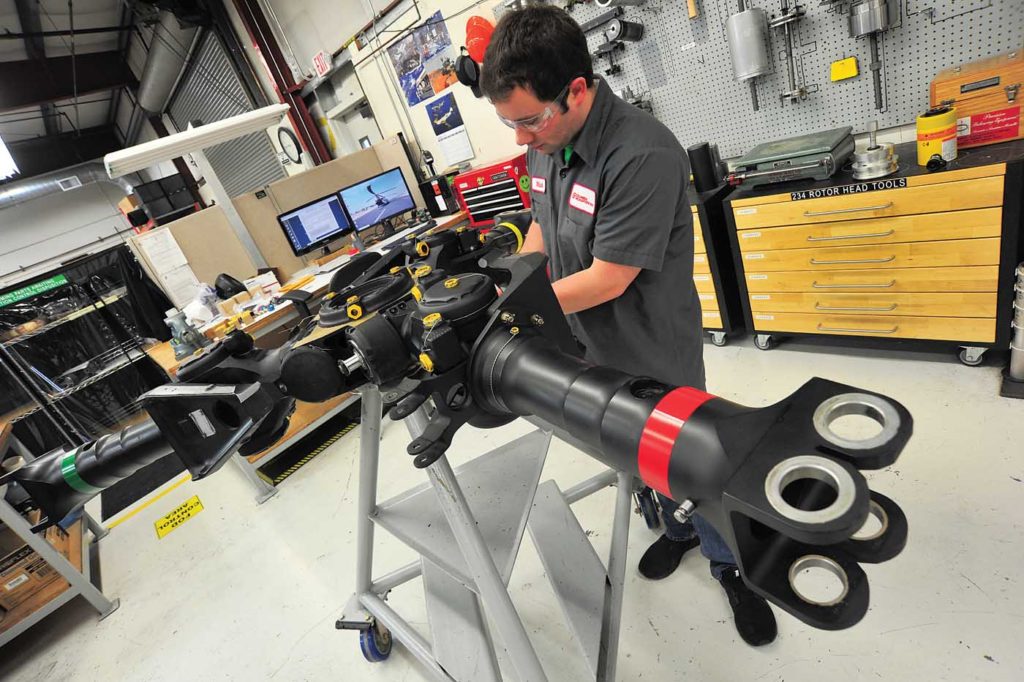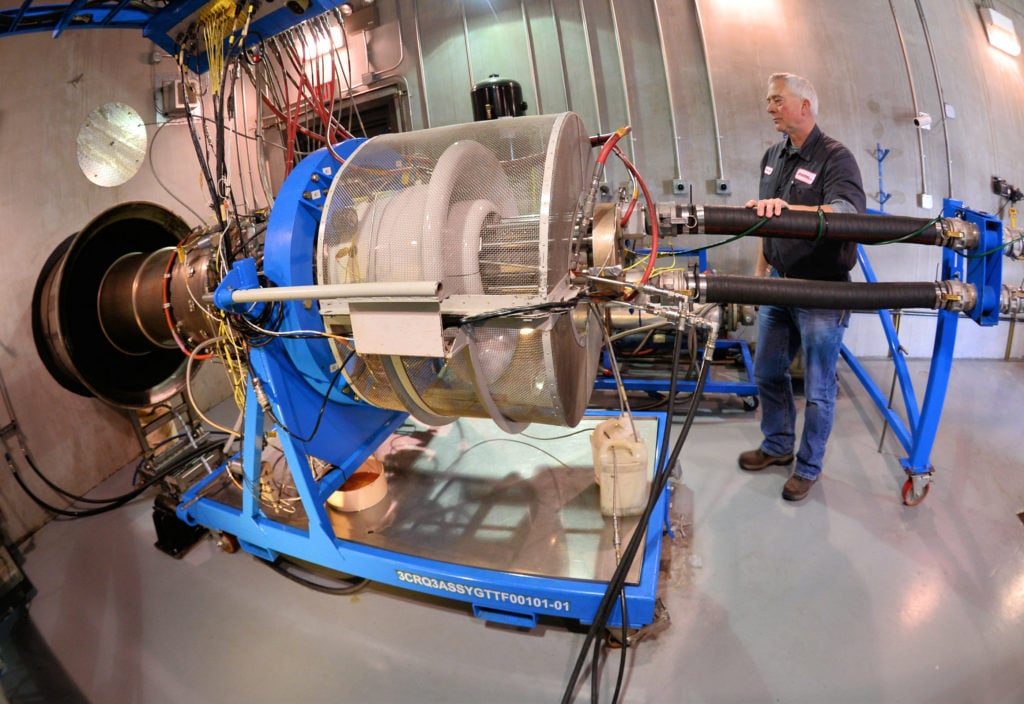Columbia Helicopters is legendary as a pioneering civil operator of tandem-rotor helicopters. What many people don’t realize is all that goes into keeping these aircraft flying.

Today, Columbia — whose fleet includes restricted-category Boeing CH-47D Chinooks, standard-category Model 234 Chinooks, and standard-category 107-II “Vertols” — is the largest civil operator of these types in the world. While these may be considered legacy aircraft, comprehensive maintenance practices have enabled them to continue to perform hard duty in austere environments around the world, from the deserts of Afghanistan to the jungles of Papua New Guinea.
Even more remarkable? Columbia maintains an average operational readiness rate of over 90 percent, an extraordinary achievement for any heavy helicopter operator.
“The most common question we get is: How do you keep those aircraft flying 24/7?” said Chris Hankland, Columbia’s Director of Aviation Solutions. “The answer: We’ve had over 60 years of focus on rotorcraft to efficiently systemize and optimize our MRO capabilities.”
That expertise benefits not only Columbia, but also a growing number of MRO customers around the world. In addition to supporting its own fleet, Columbia offers its integrated MRO services to the U.S. Government, global customers, and now commercial operators of former military aircraft such as the CH-47D.

“I think that our experience with high operational tempos has allowed us to understand the platforms very well, and that enables us to have a high amount of agility as we maintain them,” Hankland elaborated. “Our value proposition has been that agility, short turn times, and the ability to really innovate with our customers to find a solution that works for them.”
According to Hankland, Columbia’s deep back shop maintenance capabilities are key to being able to offer this service. The company has a back shop for essentially every component type on the aircraft: hydraulics, engines, structures, transmissions, blades, and more. The company’s heavy investment in tooling and equipment allows it to perform maintenance to gearboxes and engines at the depot level — something that newer entrants to the market would find very hard to match.
“Vertical integration has been key,” Hankland said. “I know in today’s world that is not always viewed as a positive, because it’s a very expensive endeavor to stand up a company like that. But our many years of experience, and the investment that our ownership over the years has put back into the company, has given us a unique capability, and definitely something we’re proud of.”
As the type certificate holder for the Model 234 and 107-II, Columbia has an exceptional working relationship with the Federal Aviation Administration (FAA), and can undertake projects that would be out of reach to all but traditional OEMs. For example, the company was recently able to remanufacture an HKP4 — the Swedish military version of the 107-II — and obtain an FAA standard-category airworthiness certificate for it.

Columbia’s capital investment has been mirrored by its investment in its people. The company’s MRO organization has around 300 employees, many of them with 20 to 30 years of experience in operating and maintaining tandem-rotor aircraft. As Hankland explained, “We know very well what the platform can do, and we know what works well and what doesn’t. With that experience, we’re able to help customers understand what types of enablers we have come up with in our time of operating these aircraft, and in some cases find ways to transfer that knowledge and experience to them.”
Hankland credits the low turnover among MRO personnel to Columbia’s loyalty to its employees. In return, Columbia’s employees are loyal to the company — and to its mission of always putting customers first.
“I think one of the fundamental values of our company has been we will only do things for customers that we know we can accomplish well for them,” Hankland said. “If the fit isn’t good, we won’t take the work, but if we agree to it, we will find a way to get the mission done. And I think that that attitude goes through all the ranks: it’s very much lean forward, find a way to get it done, and do right by the customer.”
More information about Columbia’s MRO services is available on the company’s website.









